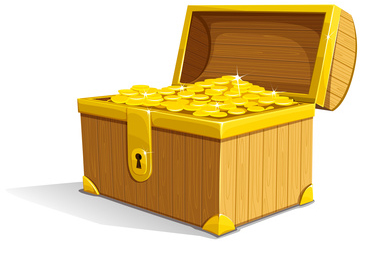You started a new venture. There was a lot of energy in the air: innovation, cutting edge technology, great satisfaction when the prototype worked, financial presentations, legal aspects, and more. The excitement was immense.
After a while, you were one of the lucky ones. You raised some money (maybe a lot of money). You were riding the horse. Maybe you even made some descent income, or at least you could afford paying hosting fees, office rent and some marketing without losing your own shirt.
You were a shiny star. Even Tech Crunch published an article about your company.
And then comes the day that you realized that hmmmm.... the business is stuck and you face a wall, the size of china's wall.
The market is far from what you imagined it, and not too many buyers are interested in your product. Alternatively, there are enough users but the business model is ..... yes, free.
The money in the bank is running to frightening low levels. The mortgage is like a collar strangling your neck. Your wife or husband is saying "You played this stupid startup games for too long. Now, please find a real job."
Getting a new round of fund raising is a nightmare. You are not such a hot potato anymore and even if you can get some dollars the dilution is horrible. Basically, you give your company away.
You are depressed. You might show a happy face and play the optimistic guy to the outside world, but in your own room you look at the mirror and think "What the heck am I doing here? Is there a way to proceed? And if yes, how?"
First of all, you need to realize that almost any business and and product goes through many crises, evolutions and revolutions. The minority of businesses remain similar to the starting point and they were simply enjoying a great deal of pure luck.
A business is first and for most people, spirit, passion, and vision to do something differently. Intel started as a memory company. HP started with measuring devices. IBM started with scaling tools. Sony started with a passion to bring Japan back to greatness after the war.
Most business comes to a halt at some point and then they ask "Is there a away out?" If there isn't, then there is no reason to proceed.
Another question is whether you have the energy and patience to run this ultra marathon. Most entrepreneurs put a very short limit to what they can afford. They think of months or 1-2 years adventure. This is not the way, this is pretty much impossible and this is what breaks most people.
To me a real entrepreneur is somewhat "mad". Where people see problems and risks, s/he sees opportunity or a chance to go forward. Maybe the technology can fit a different need or maybe there is someone that to him the product is great and he can be the channel to the market with the proper budget.
An entrepreneur turns problems into solutions. Take a nice example I read many years ago. Say you invented a car but when you built it you realize it is damn slow. Say 10 miles/hour. Instead of shutting the down the project you might think that near schools where kids are walking this could be great safe vehicle. This is a potential market. The disadvantage becomes a clear advantage.
In short, you do not give up. There is always a solution and a light in the end of the tunnel. And if there isn't, you shovel a new tunnel.
How do you finance it?
There are some basic rules
- Choose a venture where the founders have enough skills to make it happen by themselves with minimal external help.
- Everyone (no exclusion) roll up their sleeves and do everything. There is no such thing as "I am the CEO" I am not coding. There is no such thing as "I am a programmer, I cannot sell"
- You do not throw money. You save on offices, cellphones, cars and fun stuff
- Manage the cash flow like your life depends on it. It is better to pay somewhat more per month but not to get into a long term commitment.
- You save money at the personal level. Everyone would like to live in Manhattan in a 4 bedroom sky scraper and dine out all the times. Do this and don't be surprised that your personal bank account is running low
- Supportive family. I cannot stress how crucial this is. If your family does not support you, either replace it or don't play the game.
All the best,
Amir









